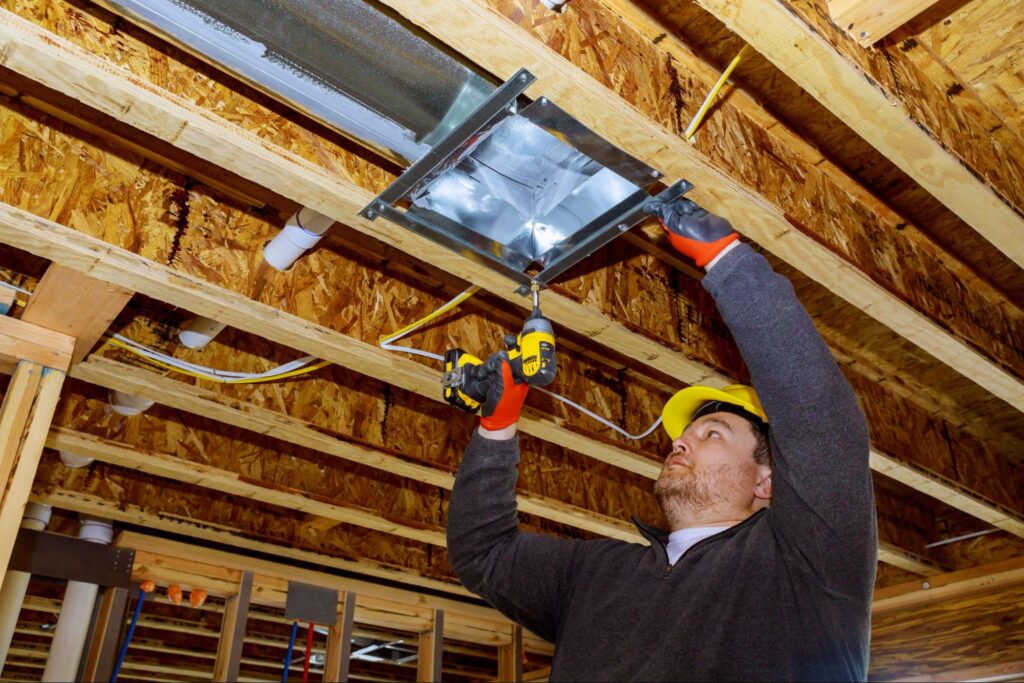What to Know Before Scheduling a Heating Installation for Your Home
What to Know Before Scheduling a Heating Installation for Your Home BrandRep 2:45…

A successful heater installation starts long before the crew shows up with drop cloths and tools. The choices you make now—system type, size, ductwork, efficiency targets, fuel, and controls—shape comfort, safety, utility costs, and the equipment’s lifespan. Done well, heating installation feels simple on the surface because the complex decisions were handled up front. This guide walks you through the essentials —from load calculations to commissioning —so your new system delivers quiet, even warmth from day one.
Before comparing equipment, define what “better” means for your home. Is it lower bills, quieter operation, steadier temperatures, or more control room by room? Listing the problems you want solved—cold bedrooms, dry air, noise, frequent cycling—helps your contractor design a heating installation that addresses causes, not just symptoms. When scope and expectations are aligned, everything from scheduling to final walkthrough gets easier.
Your climate, home layout, and energy priorities drive system selection. Furnaces, heat pumps, boilers, and hybrids each excel in different conditions, and a brief conversation about comfort preferences can quickly narrow the field. The best choice pairs dependable performance with the features you’ll actually use rather than chasing specs you won’t notice.
Furnaces offer fast, powerful warm-air delivery, boilers provide radiant comfort, and heat pumps deliver efficient heating with the bonus of cooling. Match the technology to your climate and goals.
Dual-fuel setups can switch between a heat pump and a gas furnace based on outdoor temperature. That flexibility can optimize comfort and operating cost across seasons.
Right-sized equipment is the foundation of comfort and efficiency. A formal load calculation considers square footage, insulation, windows, orientation, and air leakage to estimate how much heat your home actually needs. Oversized systems short-cycle and wear faster; undersized systems run constantly and may still leave rooms cool. Asking for a documented load calculation ensures the equipment chosen is sized for your house, not just your zip code.
Heat that never reaches the rooms is wasted. Duct design, sealing, and balancing determine whether each space gets its share of warm air. Crushed runs, leaky returns, or poorly placed supplies can sabotage even the best equipment. A thorough heating installation inspects and corrects the air path—tightening connections, improving returns, and adjusting dampers—so the system breathes as designed and temperatures even out.
Sealed, insulated ducts keep conditioned air at the temperature you paid to create. Less leakage means faster warm-up and lower utility costs.
Measured adjustments to dampers and registers fine-tune delivery. The result is fewer hot-and-cold spots and a more relaxed thermostat.
Efficiency affects bills for years. Look at AFUE for furnaces, HSPF or COP for heat pumps, and system turndown capabilities where available. Fuel availability and pricing—natural gas, electricity, propane, or oil—also matter. The most efficient option on paper isn’t always the best value; what counts is lifecycle cost in your region, including maintenance, rebates, and service access.
Comfort is more than warm air. Filtration, humidity control, and ventilation play key roles in how the home feels in winter. A thoughtful heating installation matches filter performance with fan capacity, considers a humidifier where air runs dry, and plans for fresh-air strategies that don’t create drafts. These upgrades are most effective when designed into the system rather than tacked on later.
Tighter filter racks and right-sized media boost capture without starving airflow. Cleaner air means cleaner equipment and steadier comfort.
Balanced humidity protects skin and wood, and supports comfort while targeted fresh air dilutes indoor pollutants. The trick is conditioning outside air so it still feels cozy.
Permits and inspections safeguard your home and warranty. Venting, clearances, gas piping, electrical circuits, and combustion air must meet code, and safety devices such as shutoff valves and detectors should be confirmed during installation. Reputable installers welcome permitting because it documents the work and reduces risk. Ask who handles permits, what inspections are scheduled, and how documentation will be provided for your records.

Sticker price is only part of the story. Consider operating costs, expected lifespan, maintenance, and potential incentives from utilities or local programs. Sometimes a slightly higher-end option pays for itself through lower bills and better durability. A clear proposal should include equipment model numbers, scope, warranty terms, and any qualifying rebates, so you can compare apples to apples.
Strong parts and labor coverage reduce surprises, and routine tune-ups keep efficiency on track. Pair coverage with a realistic service cadence.
Off-season scheduling can improve availability and pricing. Financing options can spread the cost without delaying comfort if replacement is urgent.
Most replacements finish in a day, while larger projects with duct or electrical work may take longer. Clear a path to equipment, protect nearby furnishings, and plan for a brief heat interruption. Your crew should arrive with drop cloths, explain the sequence, and update you if surprises arise. Good communication keeps the day predictable and the home tidy.
Commissioning is the difference between “installed” and “dialed in.” Technicians verify gas pressure or charge, set blower speed, measure temperature rise, check safeties, and confirm the thermostat’s logic. Those measurements prove the system meets specs in your home, not just in a brochure. Ask for a commissioning checklist and the key readings; they will serve as a baseline for future service.
Once the system is humming, a quick orientation pays dividends. Learn thermostat schedules, filter change intervals, and how to read error codes or indicators. For the first heating season, note how rooms feel at different setpoints and whether any spaces lag. Small adjustments to balancing or controls can lock in comfort before winter settles in.
Looking to get the most out of your HVAC system? Visit our Cantrell’s Heating & Air Conditioning blog for more expert advice on smart home upgrades, energy savings, and system longevity.
A great outcome is the product of planning, not luck. When your heating installation is sized by calculation, supported by sound ductwork, built to code, and commissioned with data, it runs smoother, lasts longer, and costs less to operate. Treat the process as a series of smart decisions—system type, efficiency, airflow, safety, and controls—and your home will reward you with quiet, consistent warmth for years.
Visit our Cantrell’s Heating & Air Conditioning blog to learn more about the comfort you can gain from heating installation.
Looking to get the most out of your HVAC system? Visit our Cantrell’s Heating & Air Conditioning blog for more expert advice on smart home upgrades, energy savings, and system longevity.
What to Know Before Scheduling a Heating Installation for Your Home BrandRep 2:45…
How Air Conditioning Services Improve Indoor Air Quality BrandRep 2:45 pm no comments…
Can WiFi Thermostats Extend the Life of Your HVAC System? BrandRep 2:45 pm…